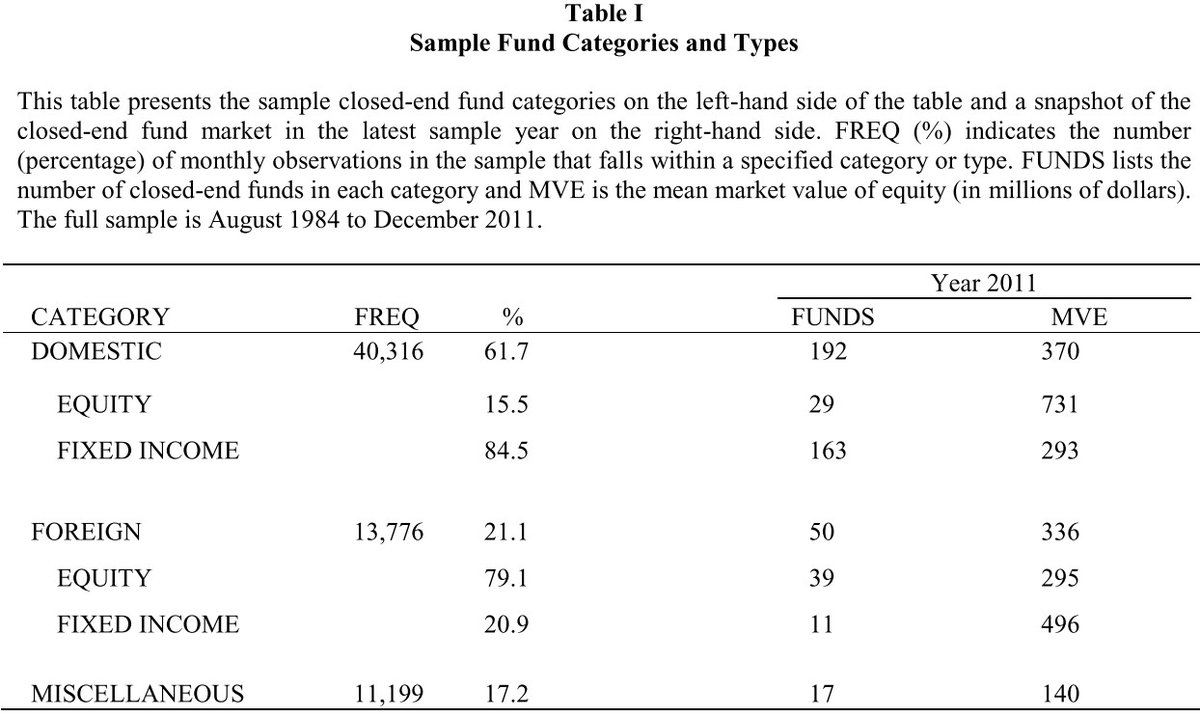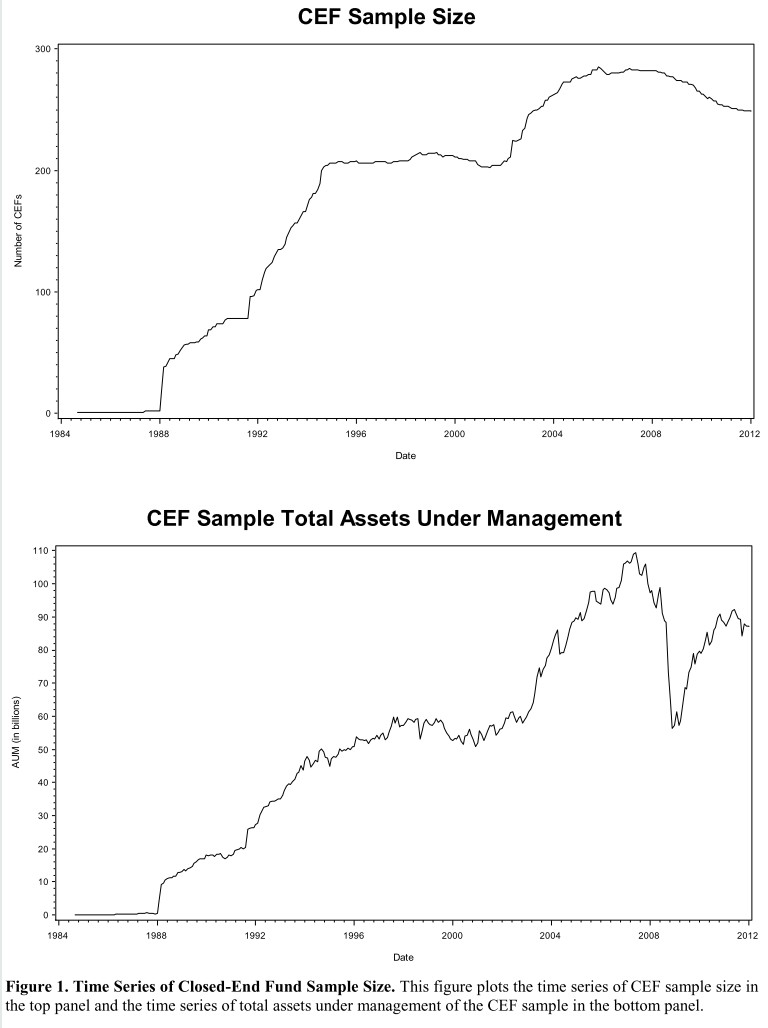
Leverage constraints are an interesting philosophical problem when they're *partially* relaxed.
That prevents an LTCM-type blow-up but also makes leverage a scarce resource.
Some strategies (industry-neutral equity factors) cost more in leverage-units than others (risk parity).
That prevents an LTCM-type blow-up but also makes leverage a scarce resource.
Some strategies (industry-neutral equity factors) cost more in leverage-units than others (risk parity).
Short-dated bonds have higher Sharpe ratios but also cost more in leverage per sigma-dollar unit (which also suggests the importance of dimensional analysis for this kind of problem).
Tail hedges become more desirable if they recover leverage and allow it to be re-allocated.
Tail hedges become more desirable if they recover leverage and allow it to be re-allocated.
Transaction costs are lower for instruments with more sigma-$ exposure per unit of notional leverage.
Unintended bets (currency exposures in foreign equities) become more expensive to eliminate.
Integrating strategies may have an edge over simple mixing.
Unintended bets (currency exposures in foreign equities) become more expensive to eliminate.
Integrating strategies may have an edge over simple mixing.
https://twitter.com/ReformedTrader/status/1127035098849660928
It's also interesting to consider more than one type of leverage constraint. If tail hedging is integrated into the portfolio, notional leverage may be less important than a portfolio's sigma-dollar exposures (even if we assume correlations don't matter.)
https://twitter.com/ReformedTrader/status/1229269882019008514
Institutional and retail portfolios both tend to be very leverage-constrained and also don't allocate the leverage they have very effectively:
* bond duration
* lack of asset class diversification
* exposures that cancel because because strategies are added using separate funds
* bond duration
* lack of asset class diversification
* exposures that cancel because because strategies are added using separate funds
Wasted leverage and the resulting canceled exposures lead to too much rebalancing slippage and unnecessary fund fees.
Doing better than these severely constrained portfolios should be relatively easy... but using leverage efficiently also means looking different and career risk.
Doing better than these severely constrained portfolios should be relatively easy... but using leverage efficiently also means looking different and career risk.
Equally legitimate choices about how to allocate leverage can lead to substantially different
* asset weights
* Sharpe ratios
* skewness and kurtosis
* tail risk in various macro and 'unwind' environments
* similarity to a benchmark
* intuitiveness (vs. black box asset weights)
* asset weights
* Sharpe ratios
* skewness and kurtosis
* tail risk in various macro and 'unwind' environments
* similarity to a benchmark
* intuitiveness (vs. black box asset weights)
Leverage also comes in different flavors:
* Expensive, illiquid, with some convexity (house + loan)
* Cheap (futures)
* Positively carrying (Buffett's use of insurance float)
* Beta-canceling but potentially tail-inducing (relative value)
* Convex (tail hedges)
* Expensive, illiquid, with some convexity (house + loan)
* Cheap (futures)
* Positively carrying (Buffett's use of insurance float)
* Beta-canceling but potentially tail-inducing (relative value)
* Convex (tail hedges)
Thread / random thoughts on portfolio construction given an uncertain future regarding factor performance:
https://twitter.com/ReformedTrader/status/1353439782664171520
• • •
Missing some Tweet in this thread? You can try to
force a refresh











